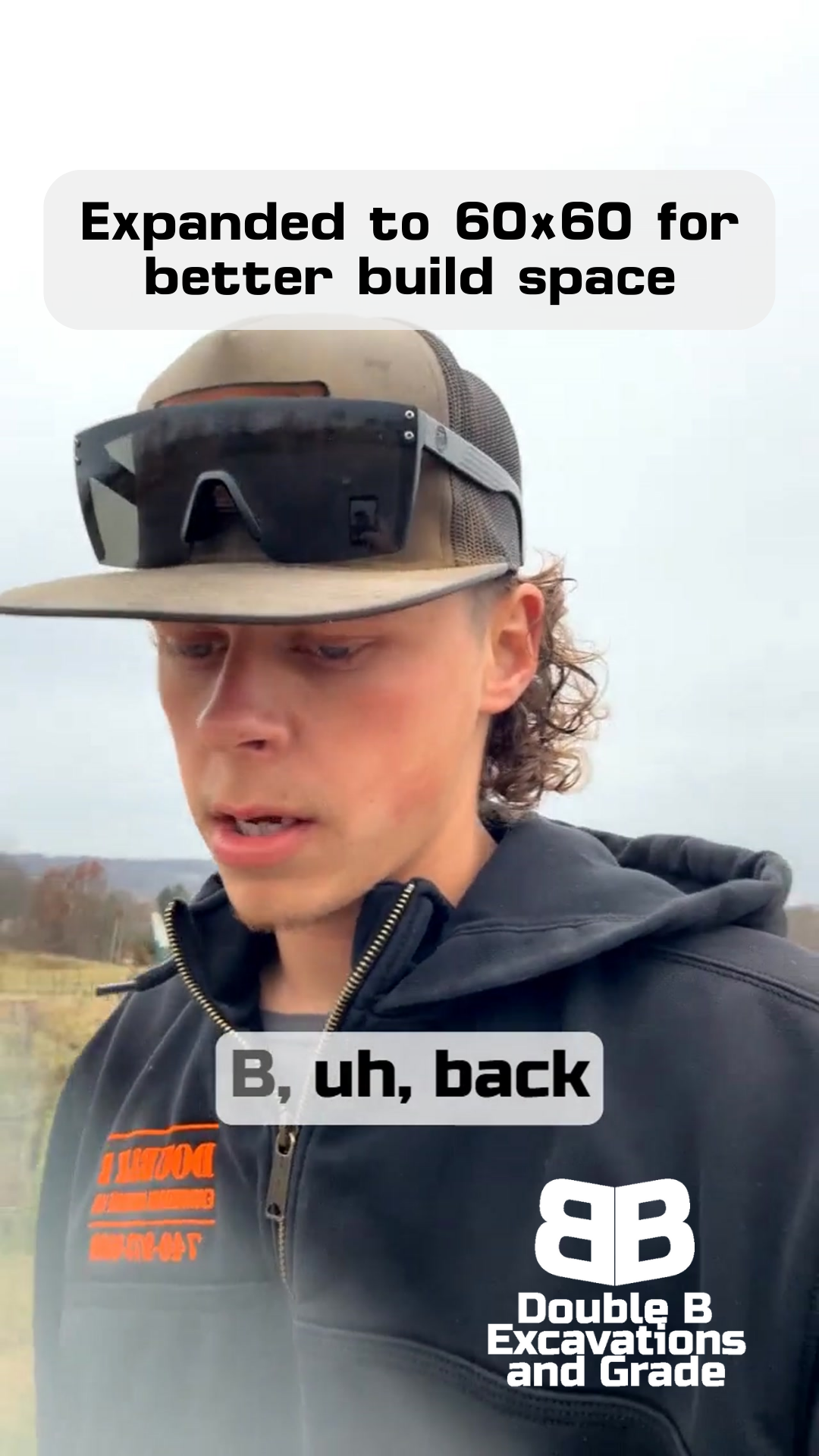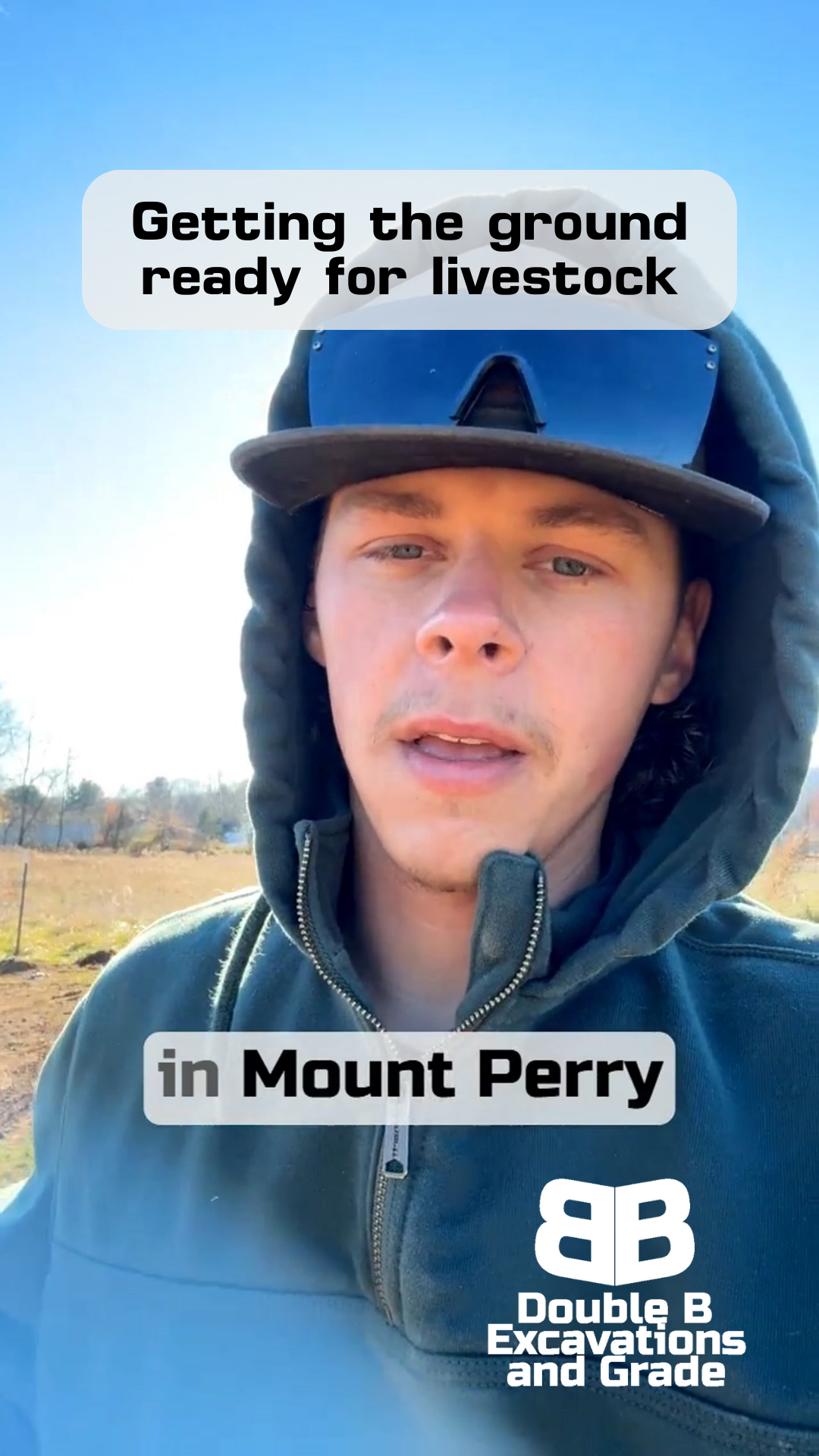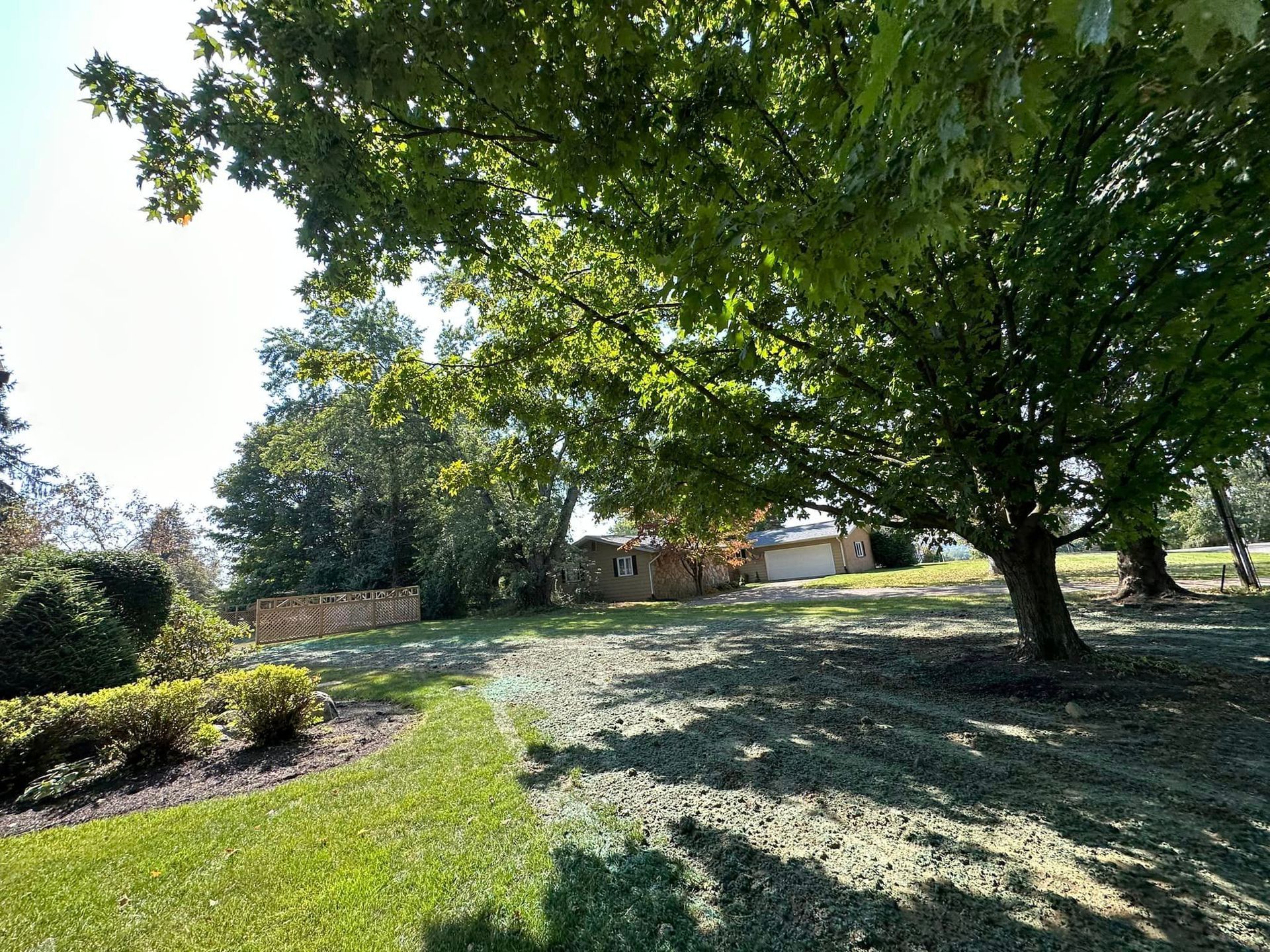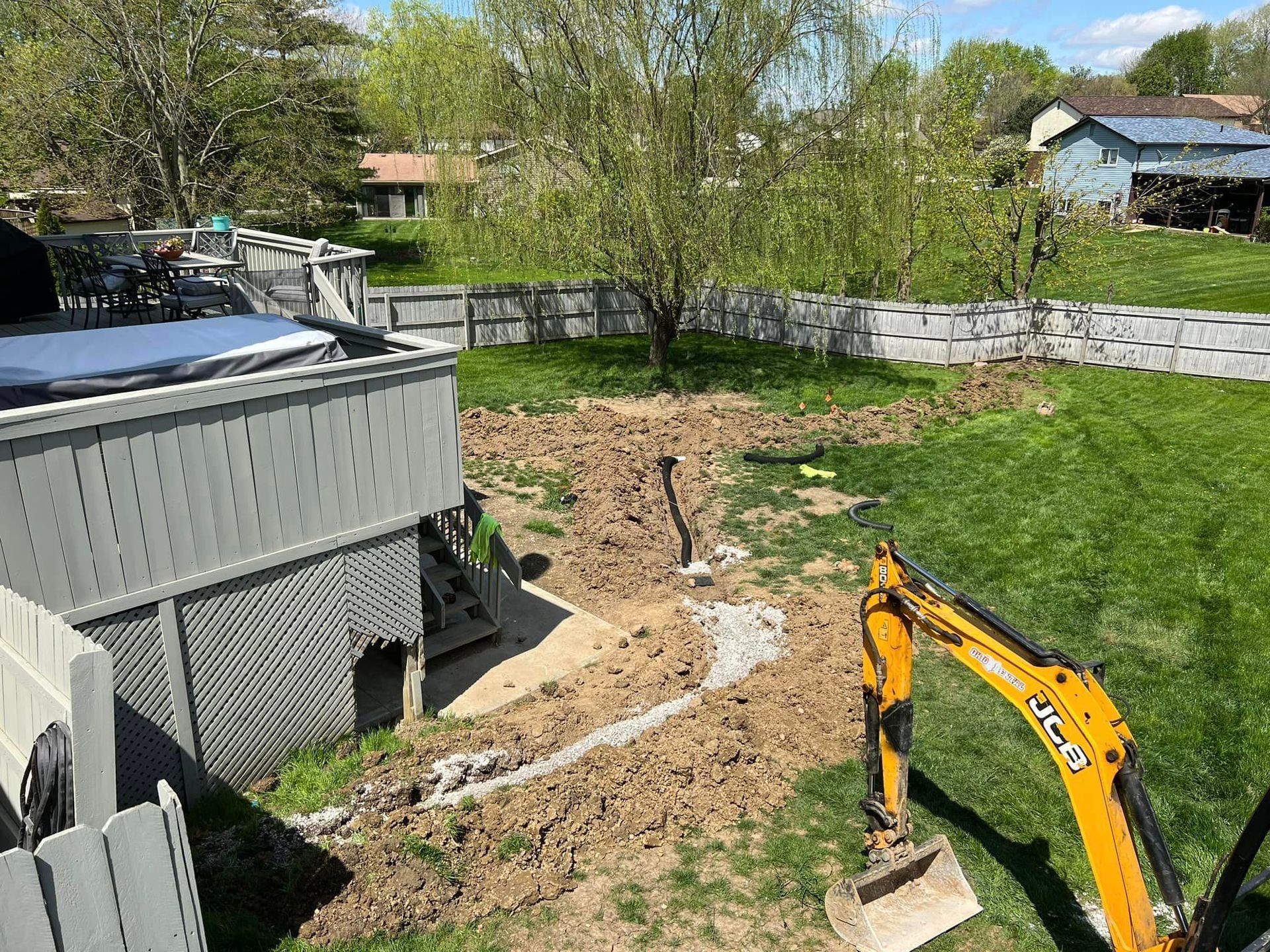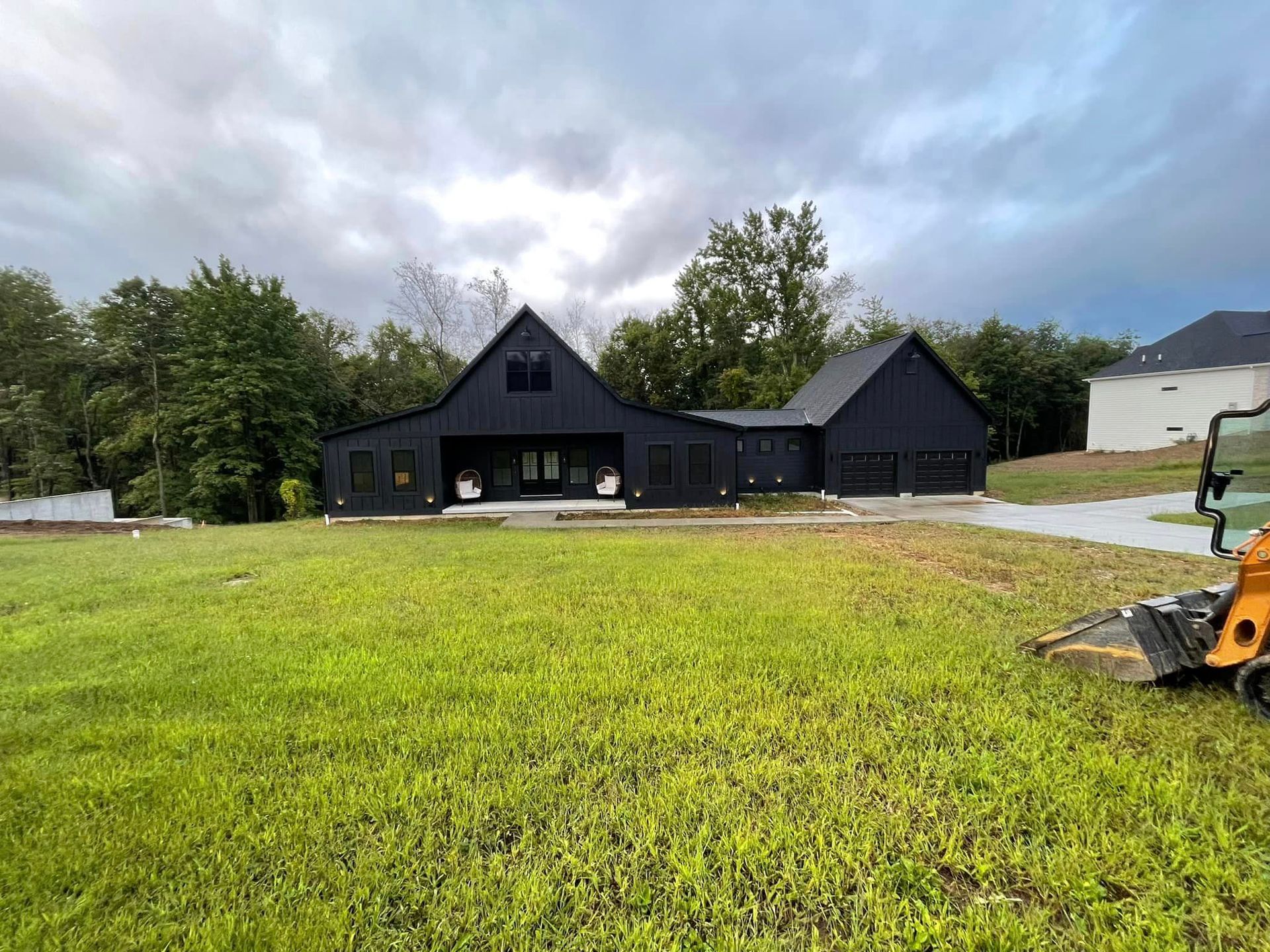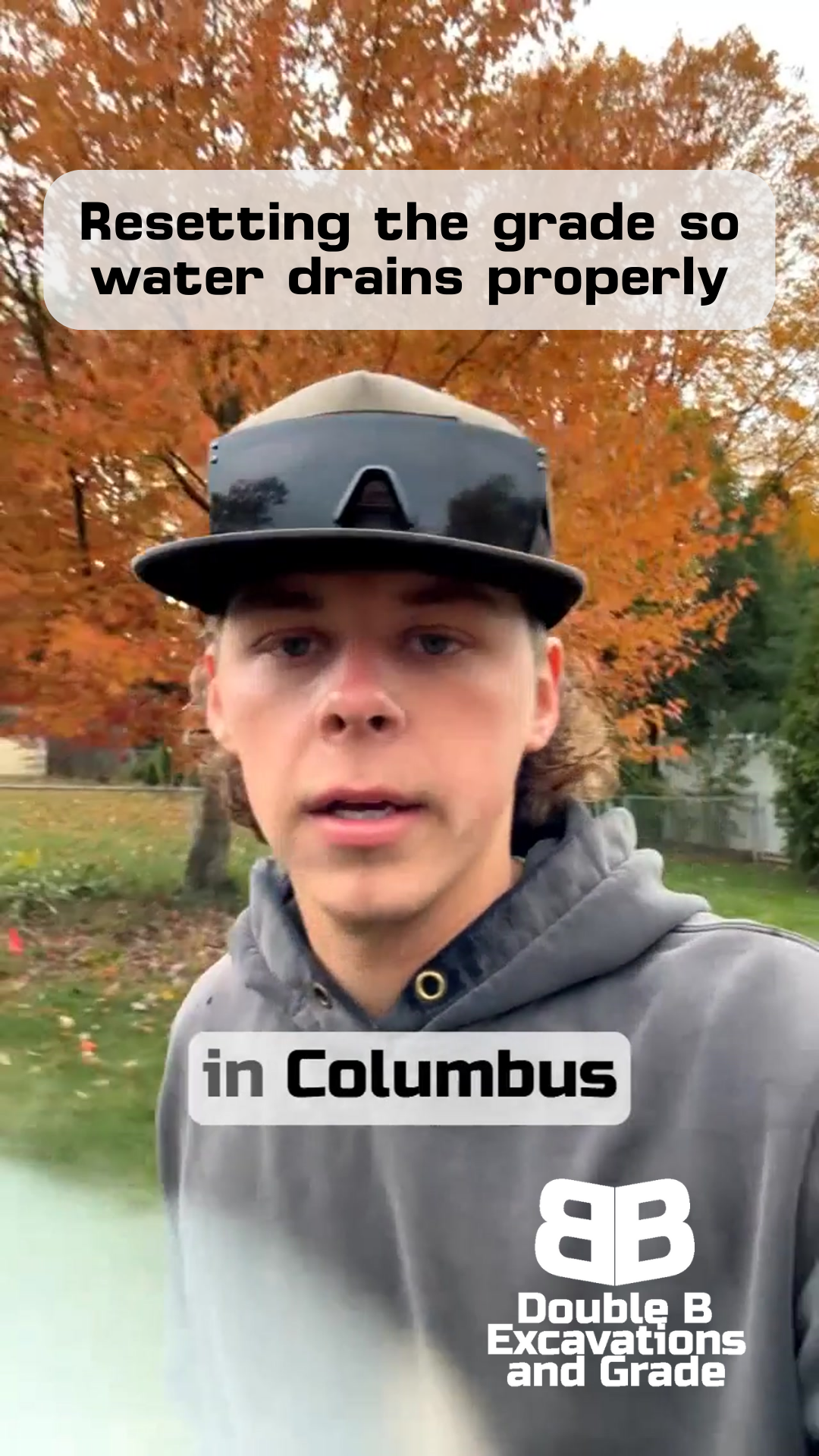Culvert Installation Done Right: Why Proper Backfill Material Matters
Double B Excavations & Grade LLC
Culvert Failure Starts Long Before the Collapse
SMALL MISTAKES UNDERGROUND LEAD TO BIG HEADACHES ABOVE
When we pulled up to this culvert replacement job, we knew we'd find problems.
But what we discovered was a perfect example of why cutting corners never pays off.
We were looking at a massive 48-inch culvert - and if you're wondering, that's big enough to drive a small car through.
The kind of culvert that, when it fails, creates major headaches for everyone involved.
Here's the thing about culverts: they might seem simple - just a big pipe in the ground, right?
But there's a reason we're so particular about how we install them.
When they're done right, they'll serve you faithfully for decades.
When they're not... well, that brings us to what we found on this job.
Welcome to Double B!
The Problem We Found
As soon as we started digging, we spotted the telltale signs of a rushed installation. The previous contractor had basically thrown dirt back in around the culvert, using whatever was handy - including organic material. The only place they used proper stone was in the top foot, right under the asphalt. That might look fine from the surface, but it's asking for trouble underneath.
When we pulled out the old culvert, what we found didn't surprise us, but it sure got the customer's attention. The bottom was completely rusted out, allowing water to flow under the culvert instead of through it. This is exactly why we tell people that improper backfill leads to failure 99% of the time. It's not a guess - it's what we see in the field every day.
Here's what happened: all that dirt and organic material held moisture against the metal pipe like a wet blanket. Over time, that constant moisture did exactly what you'd expect - it ate right through the bottom of the culvert. The only real surprise is that it lasted as long as it did.
Why Proper Backfill Matters
Let me break down exactly why using the right backfill material is so important. When you put dirt and organic material around a culvert, you're basically creating a moisture trap. Think about it - dirt holds water like a sponge. That moisture sits against the metal pipe day after day, year after year. Eventually, something's got to give, and that something is usually your culvert.
But it's not just about rust. When water starts flowing under your culvert instead of through it, you're looking at a whole new set of problems. The soil around and under the pipe starts washing away. Before you know it, you've got settling issues, pavement problems, and possibly even sinkholes. What started as a simple backfill problem can turn into a major repair project costing thousands more than doing it right the first time.
The Right Way to Install a Culvert
At Double B, we do things differently. When we install a culvert - whether it's a massive 48-inch pipe like this one or something smaller - we use proper stone backfill all the way up. The only exception is that top foot where the asphalt needs to bond. This isn't just because we like spending money on stone (trust me, we don't). It's because stone provides three crucial benefits:
First, it drains properly. Water flows through stone instead of getting trapped against the pipe. Second, stone locks together to provide stable support all around the culvert. And third, because it drains and supports properly, your culvert stays dry and strong instead of rusting out from constant moisture.
Yes, using the right stone costs more upfront. But when you compare that to the cost of digging up and replacing a failed culvert - not to mention dealing with any water damage or road repairs - it's not even close. This is one of those situations where doing it right the first time isn't just better - it's actually cheaper in the long run.
Signs Your Culvert Might Be Failing
You don't have to be an excavation expert to spot potential culvert problems. Here are some things to watch for: If you notice dips or depressions in the pavement above your culvert, that's a red flag. Water pooling where it never used to pool? That's another warning sign. And if you can safely look at the ends of your culvert, check for rust or signs that water might be flowing around the pipe instead of through it.
Sometimes the signs are more obvious - like sinkholes forming near the culvert or pavement starting to crack and settle. If you spot any of these issues, don't wait. The longer you let a failing culvert go, the more expensive and complicated the fix becomes. We've seen too many small problems turn into big headaches because people hoped the issue would just go away.
What This Teaches Us
The culvert project we tackled today is a perfect example of why we're so particular about our installation methods. Sure, we could save some money using dirt backfill like the last contractor did. But that's not how we do things at Double B. When we install a culvert, we want it to last.
Looking Forward
If you've got a culvert on your property, take a few minutes to check it out. Look for those warning signs we talked about.
And if you're planning any new culvert installation, remember this: the material you can't see matters just as much as the pipe itself.
Need someone to take a look at your culvert situation? We're always happy to come out and assess what's going on.
Because at Double B, we're not just installing culverts - we're preventing problems before they start. And that starts with doing things right the first time.
